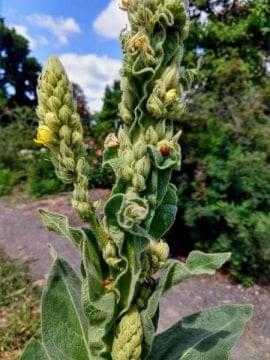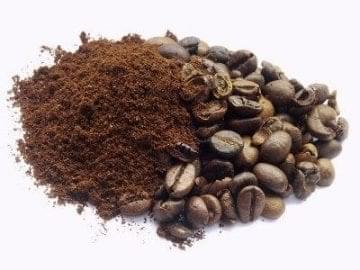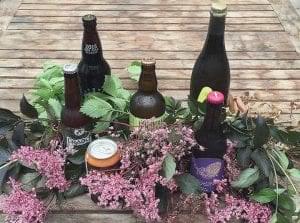Calendula is full of healing flavonoids. Although this term is thrown around a lot in scientific circles, it is an important term for the general public to know about too. They are an important group of colorful phytochemicals in most herbs, fruits and vegetables. Plants make flavonoids to protect themselves from the oxidative stress of […]
Read this article and all of our other Herbal Nerd Society Content.
Become a Member Today. Join Us Here. | Already a Member just log in here.






